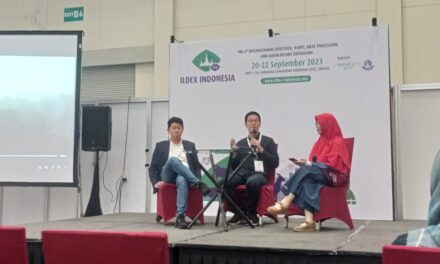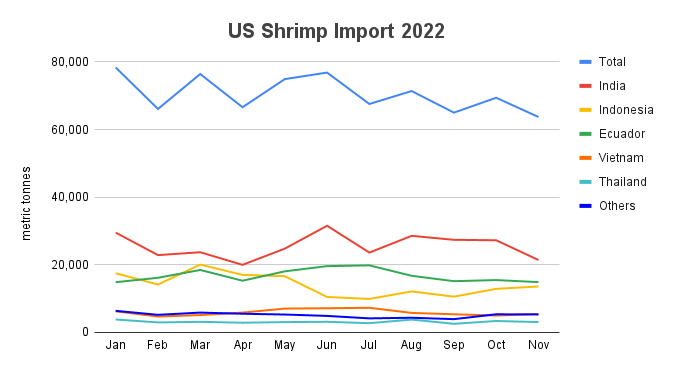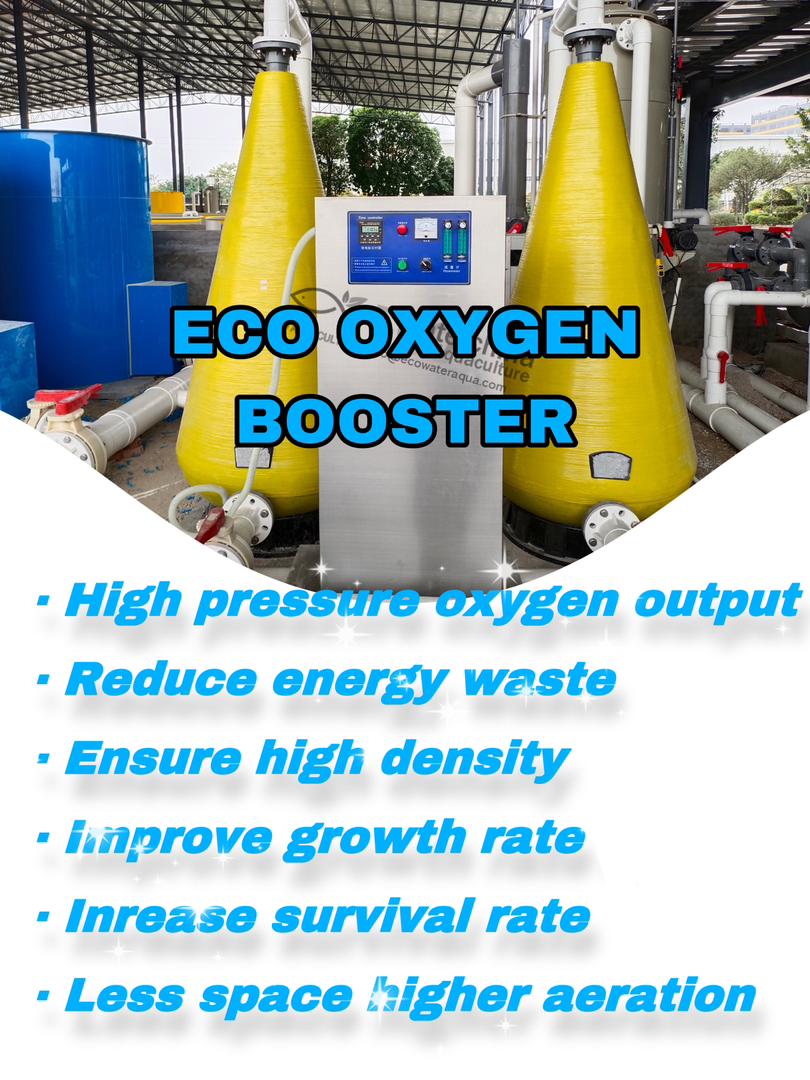Pangasius is highly popular and widely consumed worldwide due to its affordability and favor among chefs and its end-consumers. Pangasius fillets are favored for their easy preparation in diverse dishes. Additionally, the fish offers tender, sweet-textured meat in various colors like white, slightly reddish, pink, light yellow, and yellow, with white being the most commonly used for filleting.
Vietnam has long been the primary supplier of pangasius due to being the leading global producer. Vietnamese pangasius are popular for their whiter color, lack of muddy smell, and relatively lower price. This situation presents both a challenge and an opportunity for Indonesia which is also a producer of pangasius, in the face of Vietnam’s dominance in the global market.
The Indonesian Fishery Product Processing Community (MPHPI) was inspired by the current situation to host a Seafood Course webinar titled “The growth of the pangasius industry in Indonesia.” This webinar featured Samiono Abdullah, the Director of CV. Wahana Sejahtera Foods, and Artati Widiarti, a Market Analyst at the Directorate General of Marine and Fisheries Product Competitiveness (PDSPKP).
Export opportunities
Pangasius has a high demand in the global market. It dominated the catfish market which reached a value of $2.45 billion in 2018. The largest market destinations are China and the United States. Vietnam leads as the primary exporter, having successfully supplied pangasius to over 100 countries with an export value exceeding $1 billion, followed by Indonesia as the second-largest exporter.
Besides China and the United States, Saudi Arabia stands out as another promising market for Indonesian pangasius fillets. With around 206,000 Indonesian Hajj pilgrims annually, there’s a substantial opportunity for them to contribute to the local economy by favoring locally sourced catering.
However, Samiono mentioned that Indonesia presently captures merely 10% of the overall expenses made by its Hajj pilgrims in Saudi Arabia. This is primarily because a significant portion of the catering is obtained from other countries. The primary cause for this lies in the fact that not all Indonesian pangasius producers can apply standards set by the Saudi Arabian government, particularly concerning the HACCP certification. However, Malaysia effectively preserved all the spending by its Hajj pilgrims by using locally sourced catering.
Read more: Indonesia’s MMAF pushes for tilapia production to meet increasing demand
The challenges
Although there are ample global market opportunities, Indonesian pangasius products face challenges in competing effectively. Artati highlighted that the Indonesian pangasius industry struggles with inefficiency, leading to increased production costs which resulted in higher prices for products in the global market. Another concern is the quality of the raw materials, with the meat often exhibiting a yellowish color and a muddy smell.
To support the industry, The Ministry of Marine Affairs and Fisheries (KKP) has been establishing pangasius farming villages in five regions—Kampar, Muaro Jambi, Banyuasin, South Bengkulu, and Lebak. However, those locations are far away from most of the processing plants (58 out of 126) in Indonesia which are situated in the East Java area. This discrepancy in distance between raw material sources and processing centers results in increased transportation costs, ultimately reducing the industry’s competitiveness.
Similar to Artati, Samiono shared concerns about the quality of the meat, observing it to be less white and having a muddy smell. He also highlighted that the yield of fillet products to the raw material remains relatively low. In his recent findings, Samiono explained that the pangasius from East Java predominantly exhibits the best color and yield quality compared to other regions.
However, the persistent issue of a muddy smell remains notably high, at around 9.4%. Ideally, premium fillets should have no trace of a muddy smell. On the flip side, pangasius from other areas tend to avoid issues related to a muddy smell but often yield lower quantities and produce meat with a non-white color.
During his presentation, Samiono demonstrated the cost of goods manufactured (COGM) by using the Indonesian Standard yield with a 20% glazing for different regions in Indonesia and Vietnam. Despite higher raw material costs in Vietnam, the worth of its by-products surpasses Indonesia’s by 2-4 times. Consequently, the COGM for Vietnamese pangasius fillets is lower, approximately IDR34,000 per kilogram.
“If pangaisus fillets are sold IDR29,000 in Jakarta, it is suspected that the producers have added water, with a 40% glazing,” Samiono explained.
Samiono also simulated higher value-added calculations for different derivative pangasius products. For instance, when starting with a raw material cost of IDR82.5 million for 5 tons of pangasius, and the production resulting in 2.6 tons of fillet valued at IDR117 million, the added value was found to be just 1.6 times the raw material cost.
However, if these fillets be further processed into fish-breaded products, and then utilizing the by-products for fish feed, crackers, or fish meatballs, the added value potential substantially increases to around IDR550 million. This signifies that the added value is six times higher than the original cost of the raw materials (5 tons).
*cover photo: Canva
***
This article has been translated from the original Indonesian title “Opportunities and Challenges in the Indonesian Catfish Industry (Part 1)”









